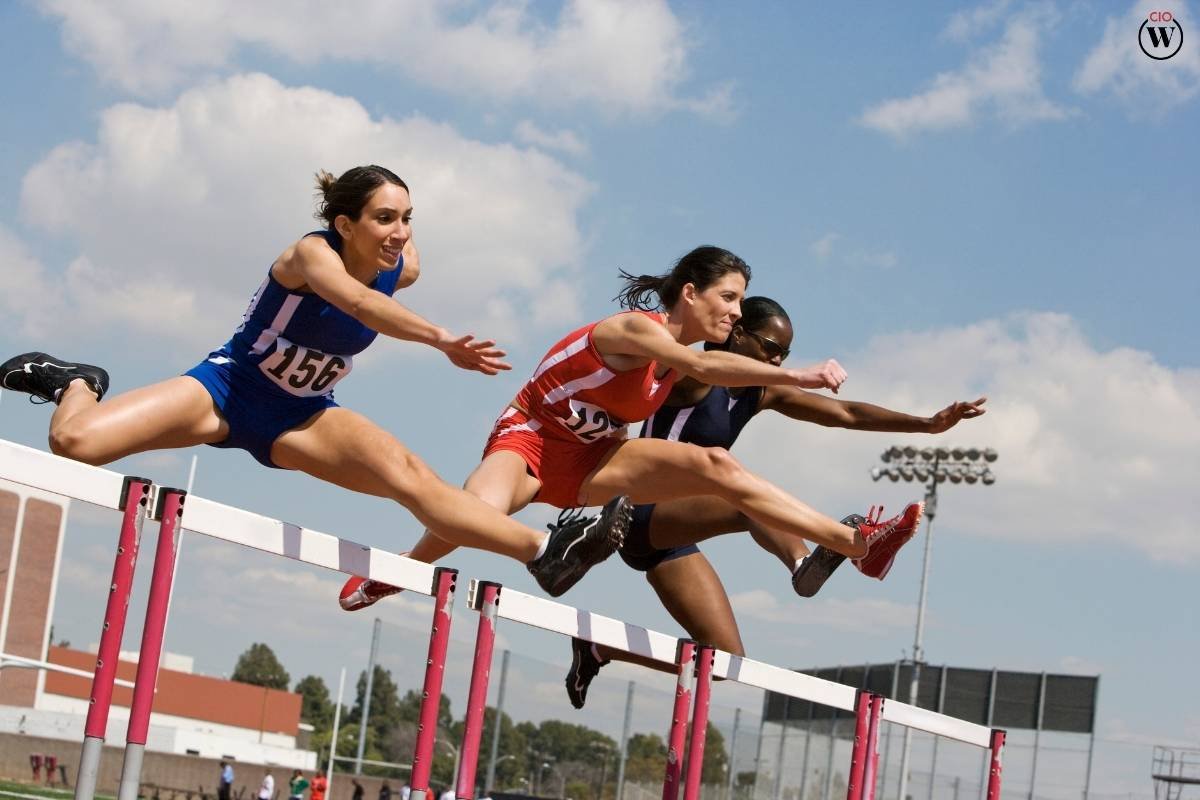In sports, technology has changed how athletes, especially women, improve their performance. It includes better training methods and advanced equipment, pushing the limits of what’s possible in female athlete performance.
Introduction to female athlete performance
Technology has revolutionized sports equipment for female athletes through advancements in materials science, aerodynamics, and ergonomics. This has led to lighter, more durable gear that maximizes efficiency during competition by minimizing energy expenditure. Advanced fabrics and composite materials in apparel reduce drag and enhance breathability, crucial for endurance sports. Footwear designs focus on support, cushioning, and injury prevention, improving speed and agility. These innovations are crucial for optimizing female athlete performance across sports, pushing physical limits while ensuring comfort and reducing injury risks. This evolution not only benefits elite athletes but also inspires future generations in women’s sports.
1. Wearable technology enhancing monitoring and feedback

In recent years, wearable technology has become one of the most impactful advancements in sports. Devices like smartwatches, fitness trackers, and biometric sensors offer real-time data on crucial metrics such as heart rate variability, oxygen levels, and muscle activity. This information allows coaches and athletes to customize training programs specifically to meet individual needs, effectively enhancing female athlete performance. By leveraging these insights, athletes can maximize their potential and achieve higher levels of success in their sports careers.
2. Biomechanical analysis for precision training
Biomechanics is essential for studying and refining athletic movements. Advanced technologies such as motion capture systems and 3D modeling software provide in-depth analysis of body mechanics in both training and competition settings. This data assists coaches in pinpointing technique flaws and applying corrective strategies, significantly boosting female athlete performance.
3. Virtual reality and simulation for cognitive training
Beyond physical conditioning, cognitive training is increasingly recognized as a key determinant of athletic success. Virtual reality (VR) simulations offer immersive environments where athletes can practice decision-making, reaction times, and situational awareness in a controlled setting. Such technologies are invaluable in preparing female athletes mentally for the pressures of competition, thereby contributing to their overall female athlete performance.
4. Nutritional insights and dietary optimization
Technology has transformed nutritional science for athletes, providing personalized insights into dietary needs and optimization strategies. Advances such as DNA-based nutrition profiling and mobile apps that monitor caloric intake and nutrient balance enable athletes to tailor their diets precisely. This precision supports peak performance and efficient recovery, crucial for sustaining elite female athlete performance.

By leveraging technology, athletes can maintain optimal physical condition and enhance overall health. The integration of nutritional science with cutting-edge technology allows for a holistic approach to athlete development, addressing individual needs and maximizing potential. This personalized approach not only improves performance on the field but also promotes long-term health and wellness. As technology continues to evolve, its role in sports nutrition becomes increasingly vital, empowering athletes to achieve their goals and surpass previous limits in female athlete performance.
5. Injury prevention and rehabilitation techniques
Injuries are a major hurdle for female athlete performance, often keeping athletes out for long periods. Advanced imaging technologies such as MRI and CT scans play a crucial role by detecting injuries early, allowing for prompt treatment and rehabilitation. Moreover, biotechnological advancements like regenerative medicine and wearable rehab devices speed up recovery, ensuring athletes can return to peak form quickly. These innovations not only aid in injury management but also contribute to the overall health and longevity of female athletes’ careers, enabling them to continue pushing boundaries in their sports.
6. Data analytics and performance optimization
The emergence of big data and analytics has fundamentally altered how coaches and sports scientists assess performance metrics. Through gathering and analyzing extensive data sets, ranging from training intensity to competitive results, predictive analytics models can predict the most effective training methods to optimize female athlete performance. This data-centric method enables coaches to make well-informed decisions and adapt strategies promptly, leading to improved overall performance results.
7. Adaptive equipment and gear innovations
Technology has also spurred significant innovations in sports equipment and gear specifically tailored to meet the needs of female athletes. Advancements in materials science have led to the development of high-performance fabrics that are not only lightweight but also offer superior moisture-wicking properties, keeping athletes dry and comfortable during intense workouts and competitions.

Advancements in aerodynamics have enabled the design of sports equipment that reduces drag and improves speed, crucial in sports like track and cycling where every fraction of a second counts. Ergonomic designs in equipment such as footwear and protective gear ensure a better fit and enhanced biomechanical efficiency, reducing the risk of injuries and optimizing overall performance.
8. Ethical considerations and future directions
As technology continues to advance, ethical considerations regarding its use in sports become more important. Issues like data privacy, fairness in competition, and ensuring all athletes can access technology need careful attention. It’s crucial to create fair opportunities for enhancing female athlete performance. Balancing these concerns ensures that advancements benefit all athletes equally and uphold the integrity of sports. By addressing these ethical challenges, the sporting community can harness technology’s potential responsibly, fostering a more inclusive and equitable environment for female athletes to excel and innovate.
9. Player organization apps
When it comes to team sports, technology can also be used to help organize players into grades and positions more efficiently. Apps like Teamlists have made this organization much more streamlined and simple than having to use spreadsheets. Team selections can also be easily shared digitally with players, coaches and other parties using such apps. Such team changes can even be made during games and shared in real time.
Conclusion: Technology driving excellence in female athlete performance
Technology plays a crucial role in female athlete performance and is constantly getting better. Wearable devices track things like heart rate and movement, while advanced analytics help tailor training plans. This tech helps female athletes go beyond limits and reach higher goals in their sports. Looking ahead, ongoing research and smart use of technology promise even more improvements in female athlete performance, setting new standards in sports globally.









